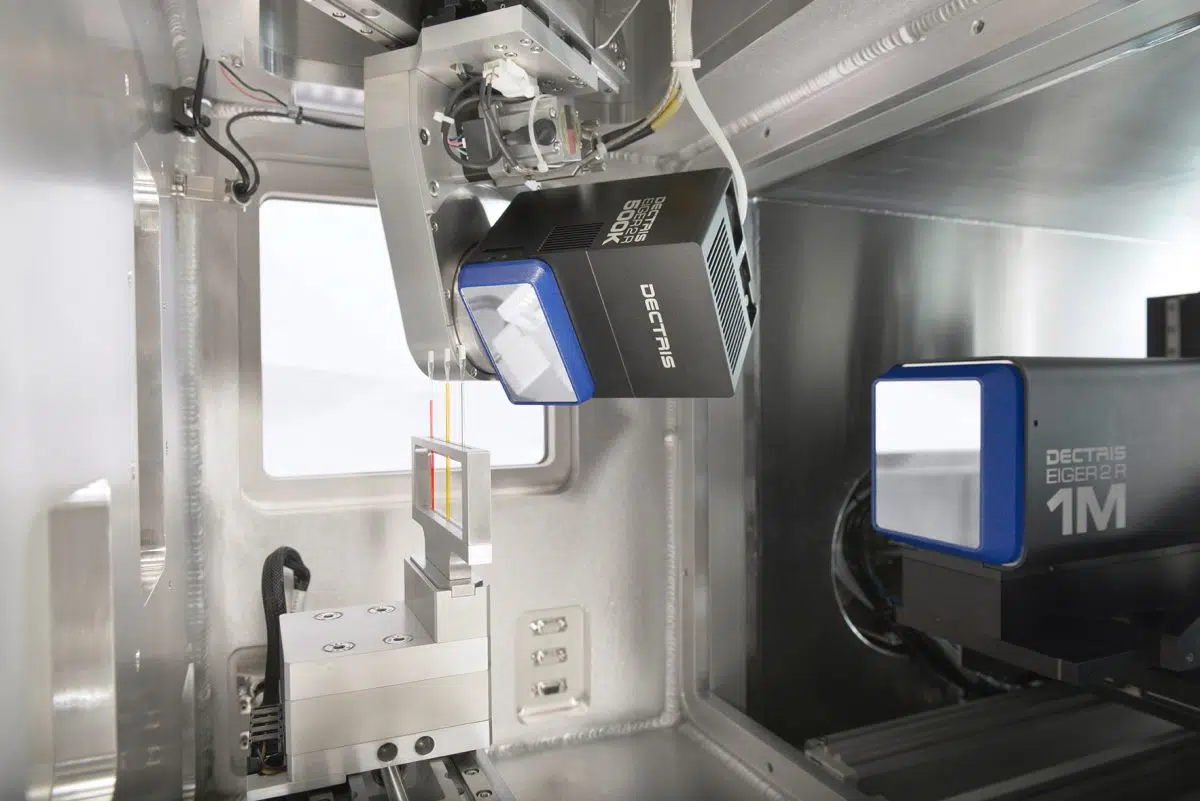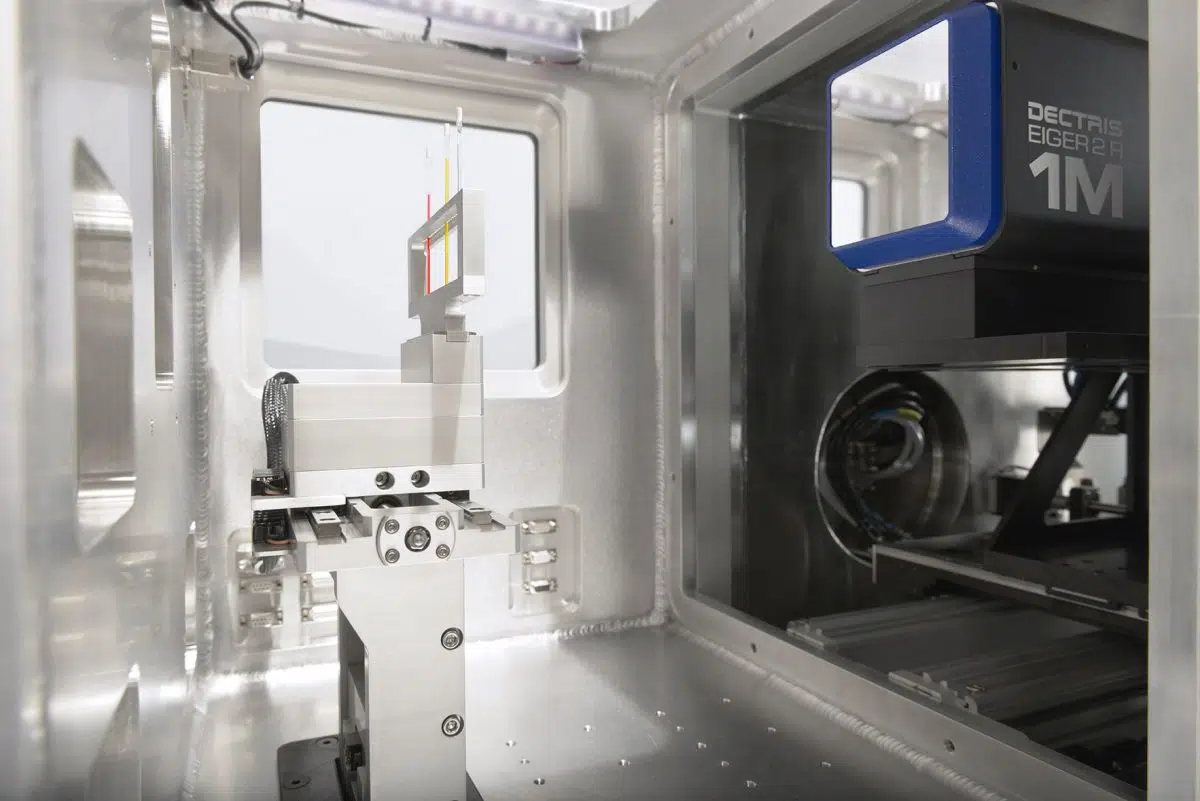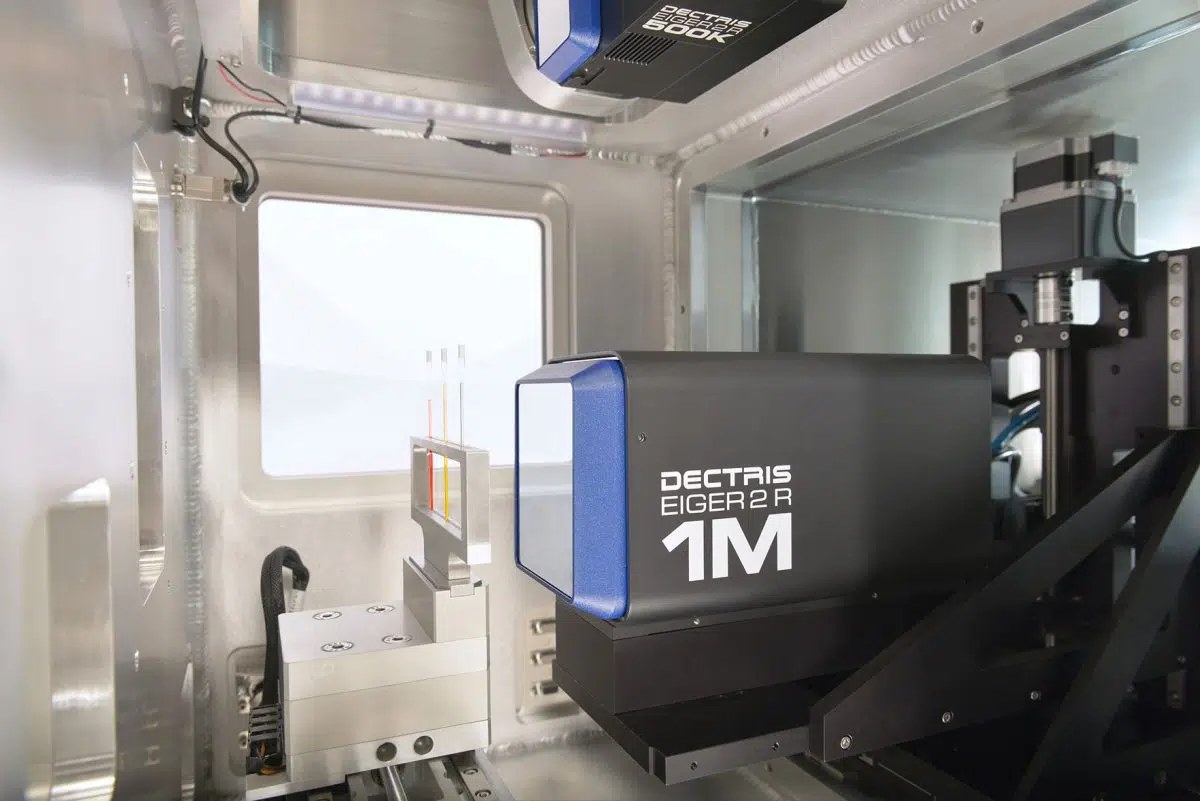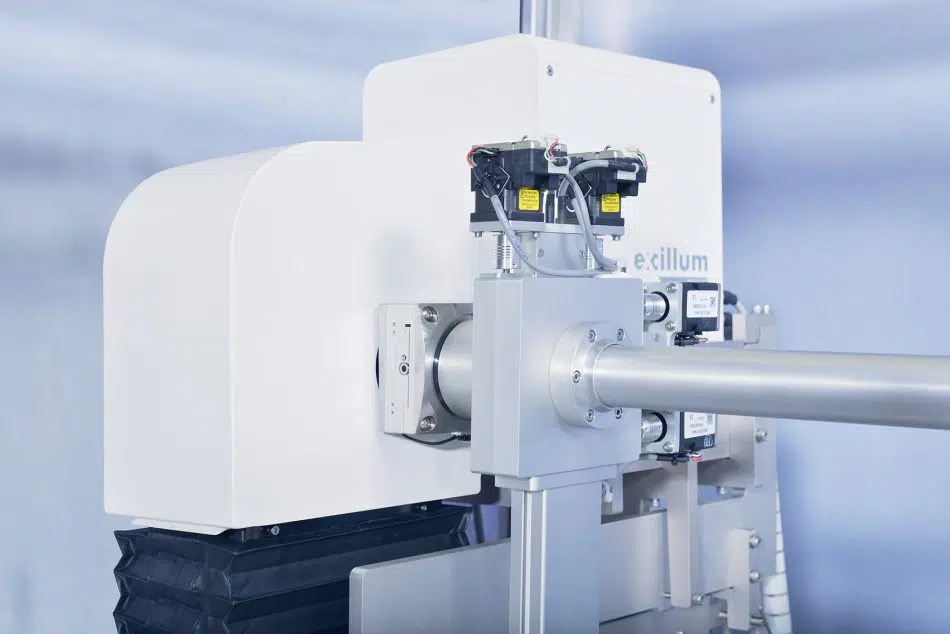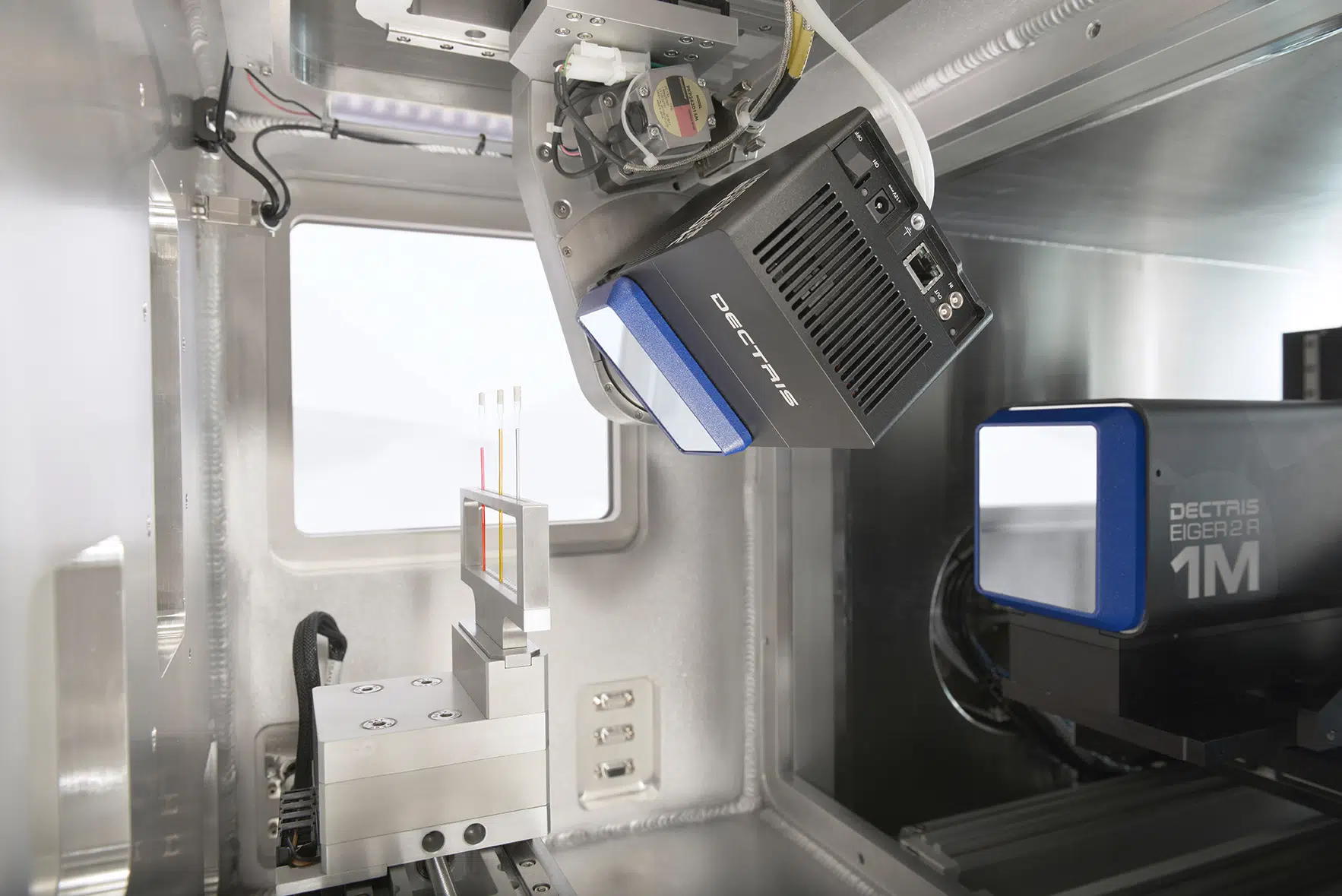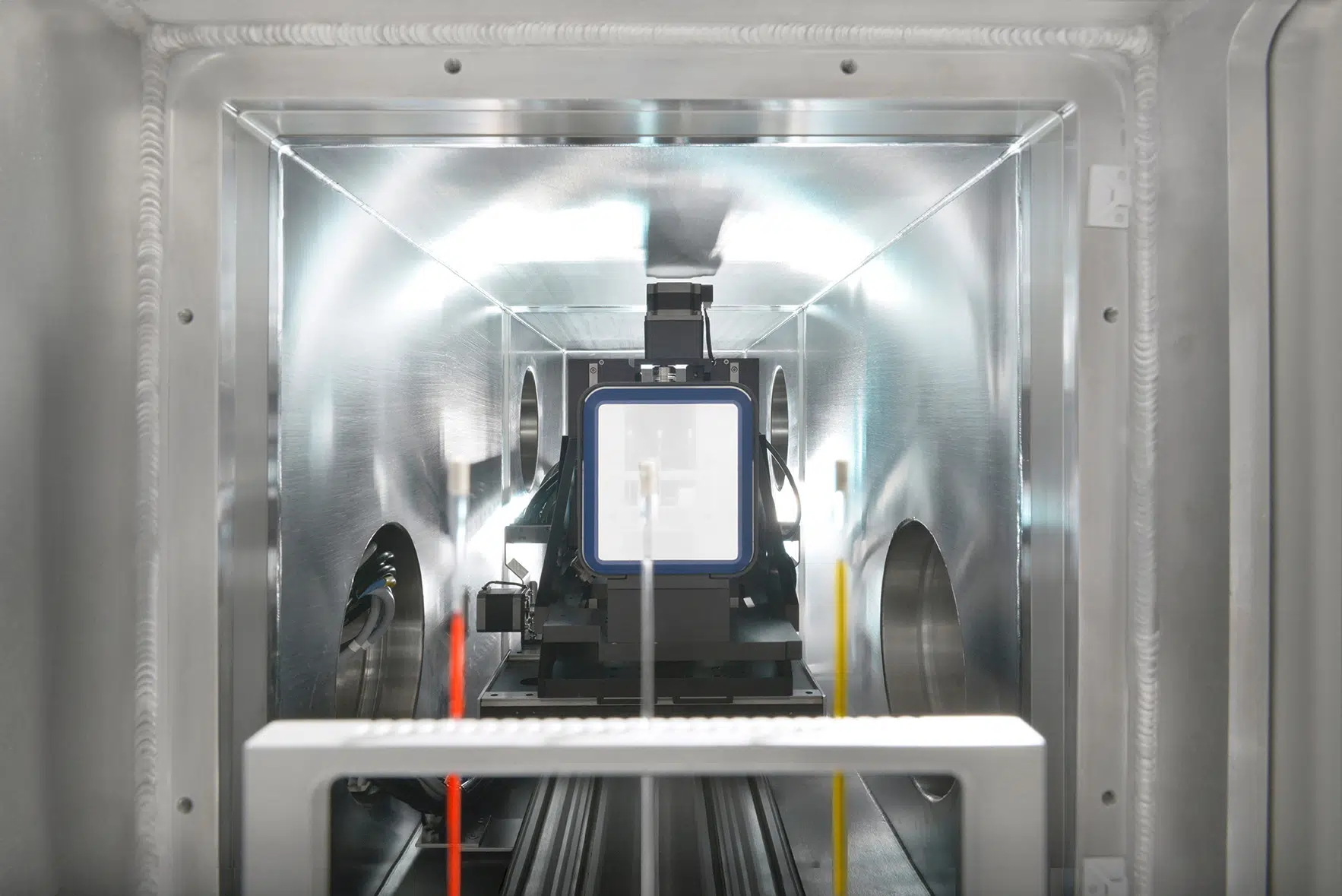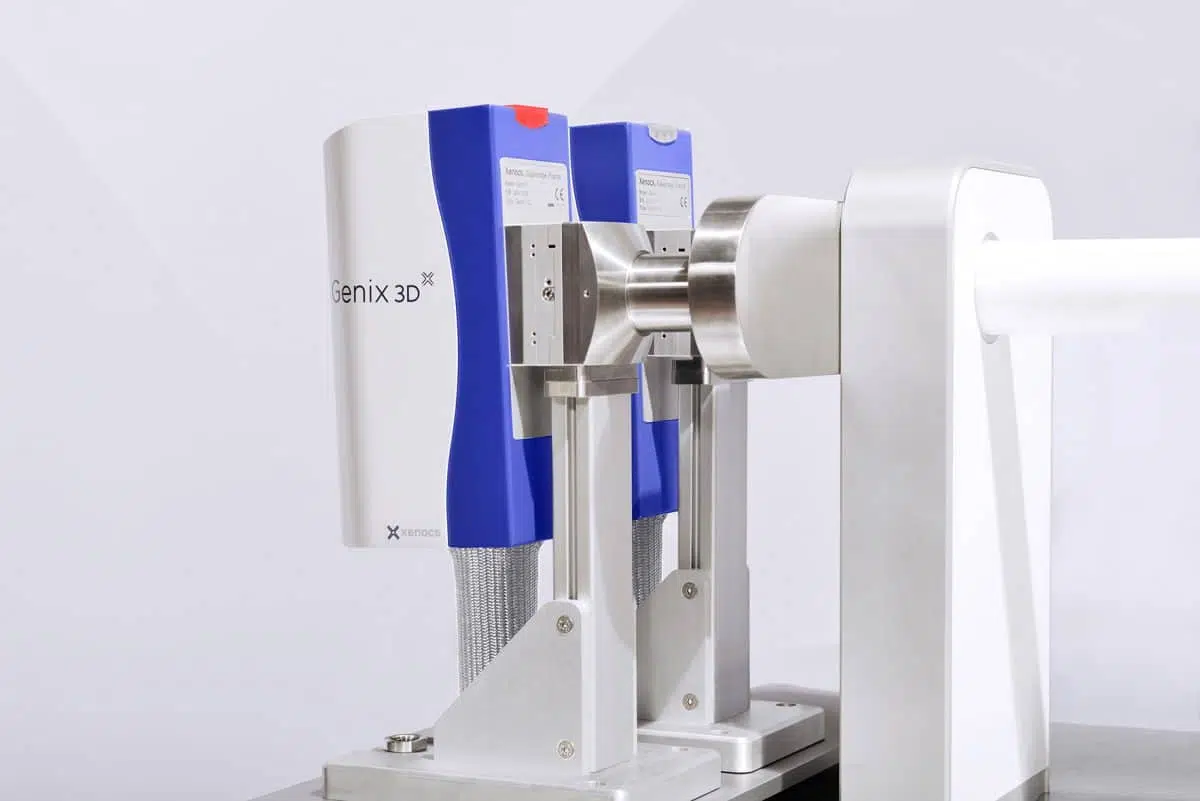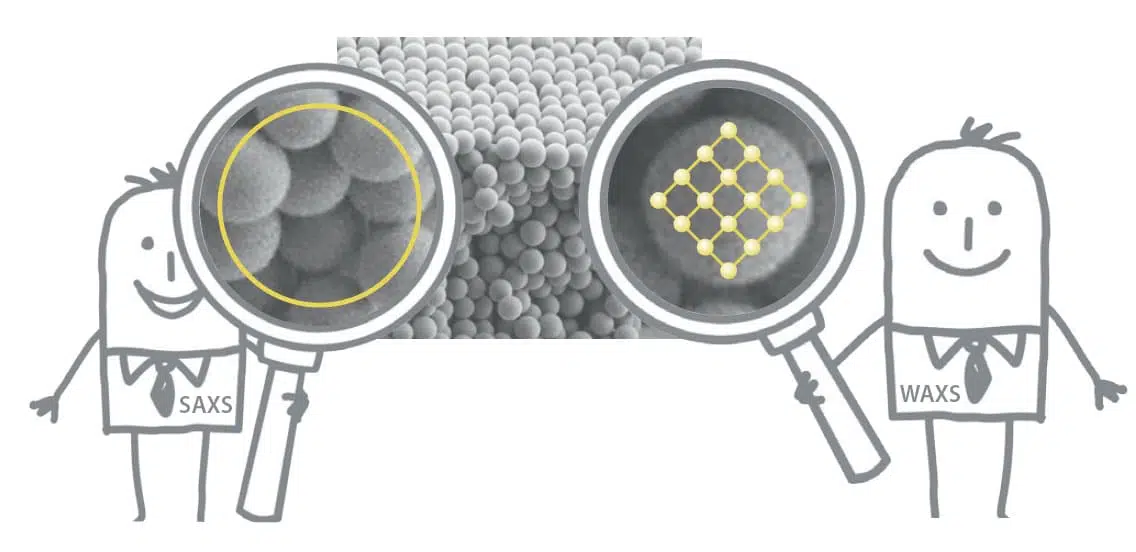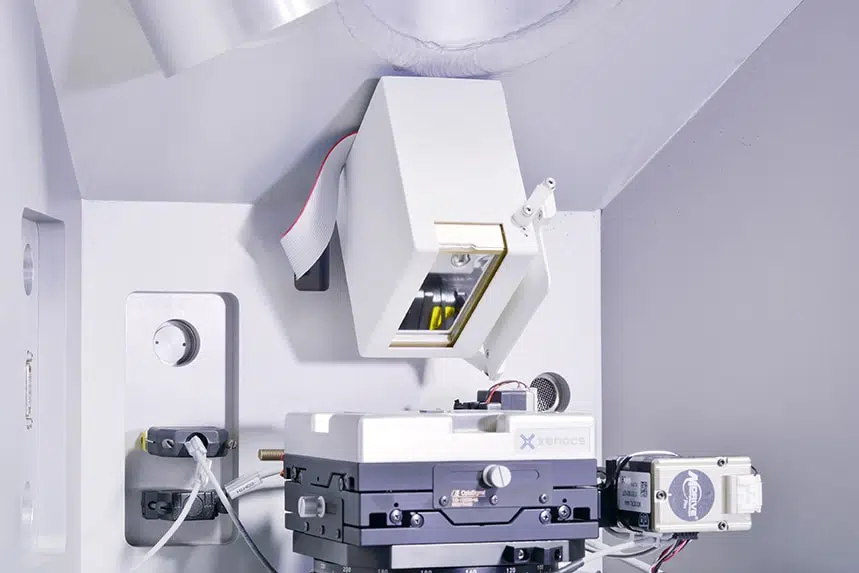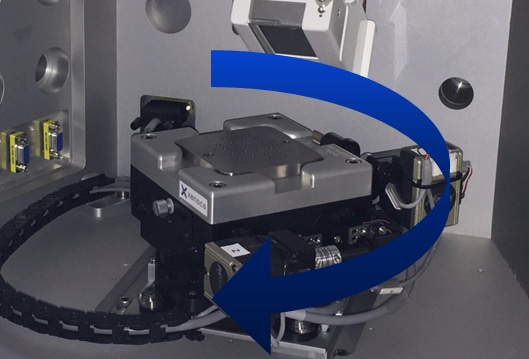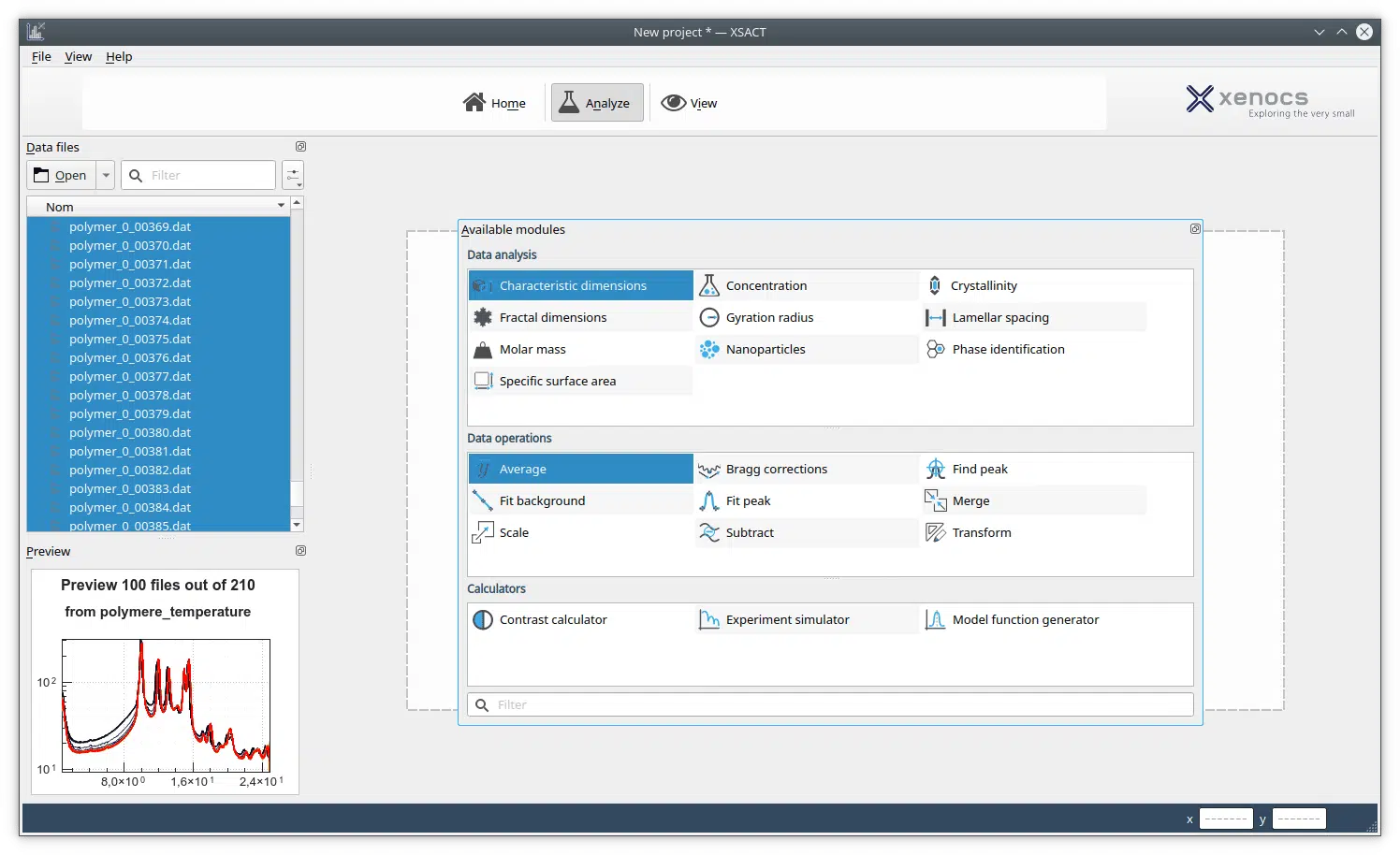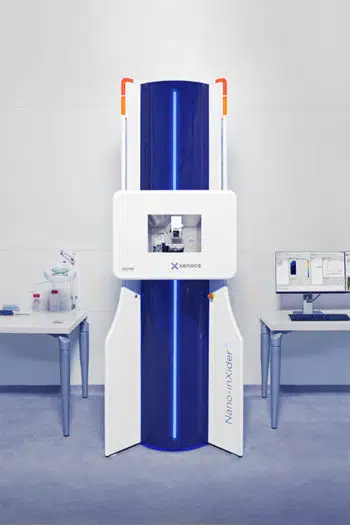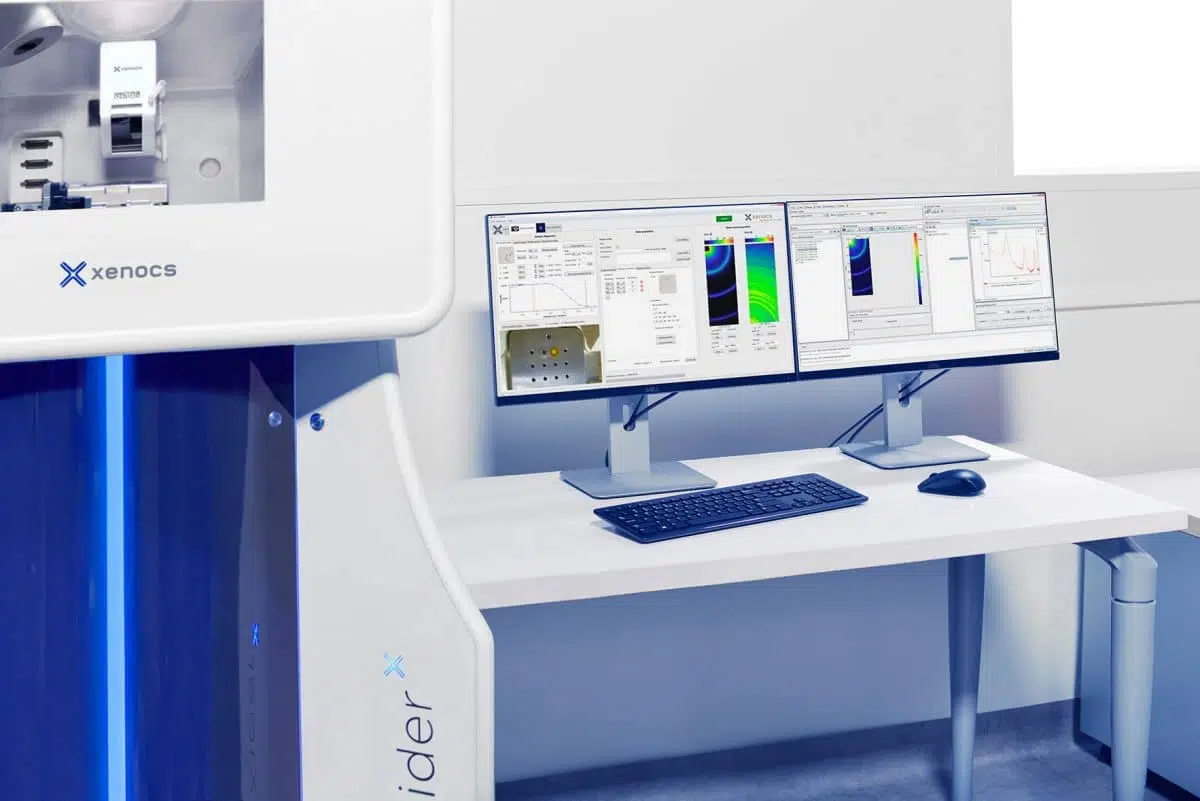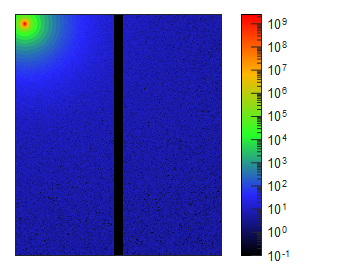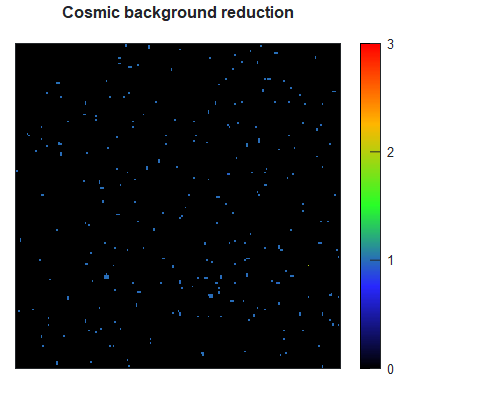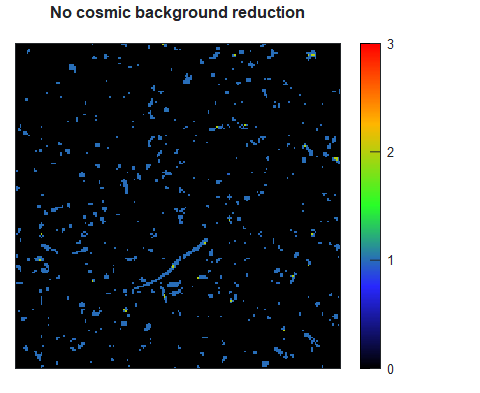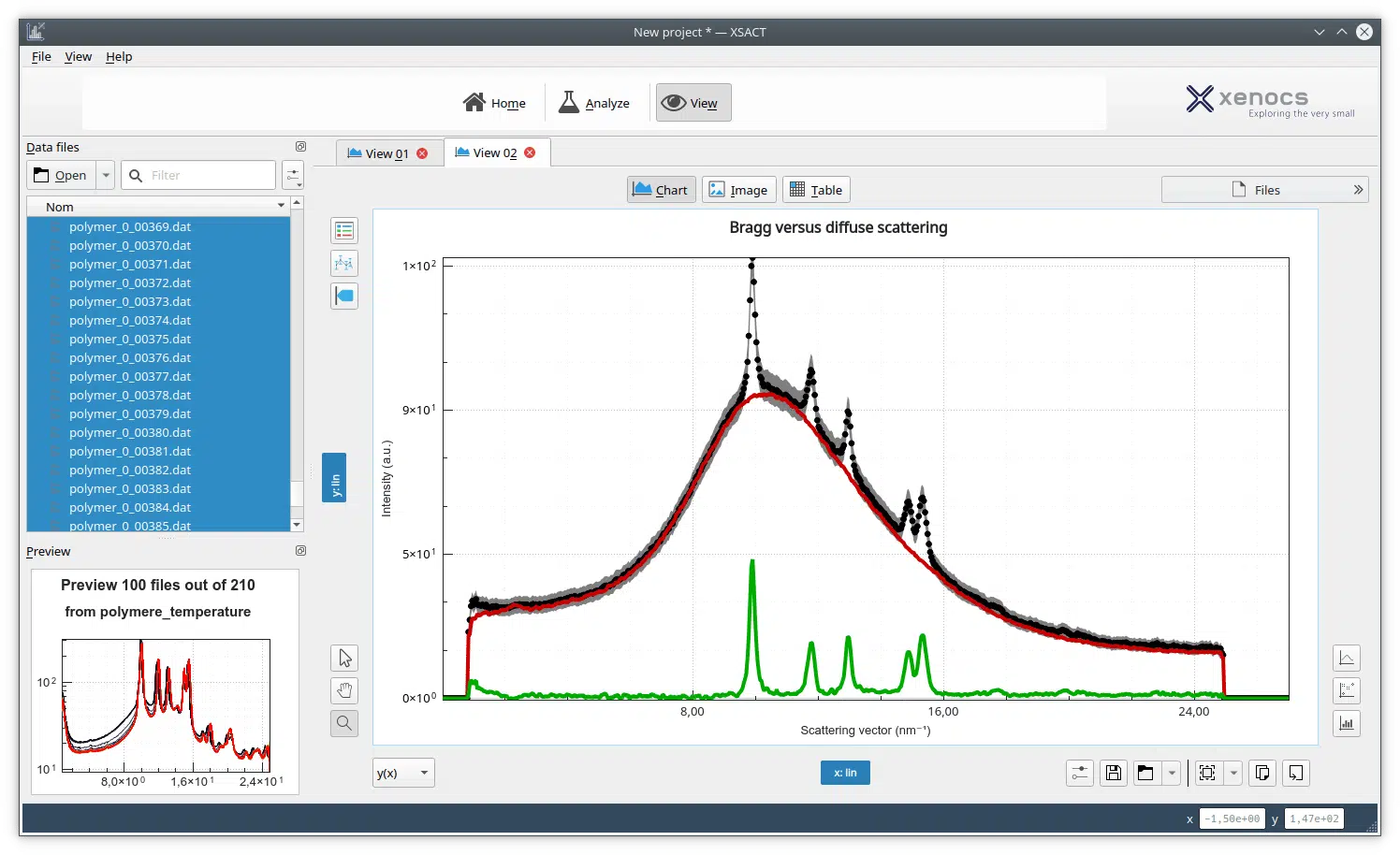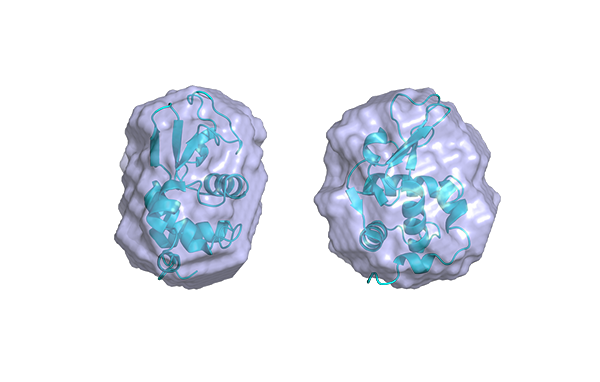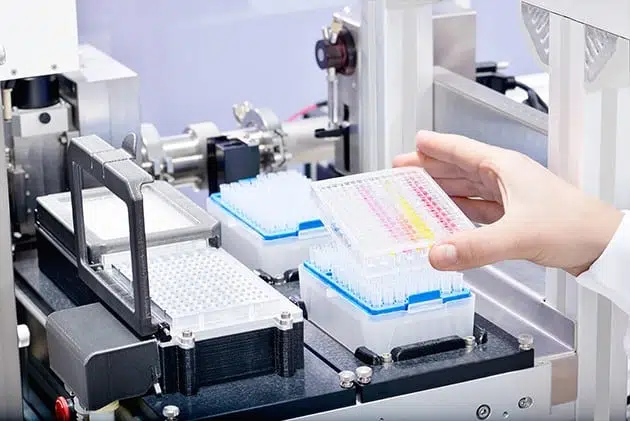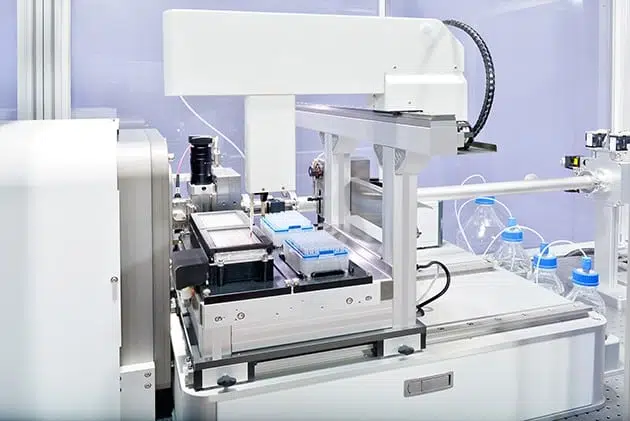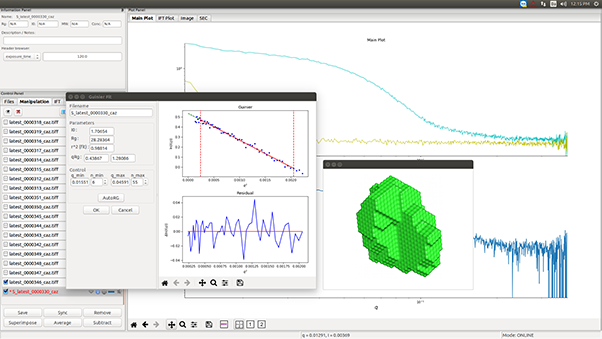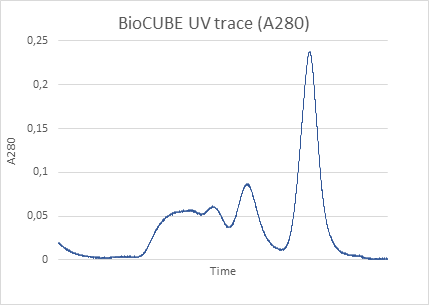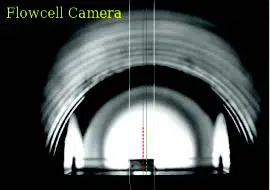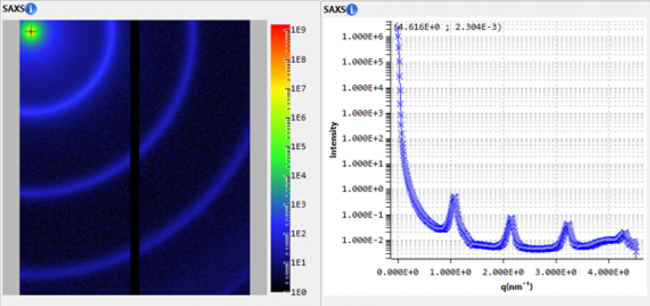Bian, Gao-Feng; Zhao, Feng; Lau, Tsz-Ki; Sheng, Chun-Qi; Lu, Xinhui; Du, Hui; Zhang, Cheng; Qu, Zhi-Rong; Chen, Hongzheng; Wan, Jun-Hua
Simply planarizing nonfused perylene diimide based acceptors toward promising non-fullerene solar cells
This work focuses on developing high-efficiency perylene diimide (PDI)-based small molecular nonfullerene acceptors with a simple synthetic strategy. We reported a new electron acceptor, Py-e-PDI, obtained via cross-coupling four PDI units with a planar pyrene core through ethynyl groups. Although the ring-fusion synthetic procedure was omitted, the large planar core…
Single-Junction Organic Solar Cell with over 15% Efficiency Using Fused-Ring Acceptor with Electron-Deficient Core
Yuan, Jun; Zhang, Yunqiang; Zhou, Liuyang; Zhang, Guichuan; Yip, Hin-Lap; Lau, Tsz-Ki; Lu, Xinhui; Zhu, Can; Peng, Hongjian; Johnson, Paul A.; Leclerc, Mario; Cao, Yong; Ulanski, Jacek; Li, Yongfang; Zou, Yingping
Summary Recently, non-fullerene n-type organic semiconductors have attracted significant attention as acceptors in organic photovoltaics (OPVs) due to their great potential to realize high-power conversion efficiencies. The rational design of the central fused ring unit of these acceptor molecules is crucial to maximize device performance. Here, we report a new…
Charge carrier transport and nanomorphology control for efficient non-fullerene organic solar cells
Hu, Hanlin; Deng, Wanyuan; Qin, Minchao; Yin, Hang; Lau, Tsz-Ki; Fong, Patrick W. K.; Ren, Zhiwei; Liang, Qiong; Cui, Li; Wu, Hongbin; Lu, Xinhui; Zhang, Weimin; McCulloch, Iain; Li, Gang
Single junction organic photovoltaic devices (OPVs) have exceeded 15% power conversion efficiency (PCE) with the help of fused ring based low-bandgap non-fullerene acceptors (NFAs). As a major type of NFA, the indacenodithiophene derivative NFA (IDTBR) has been shown to have superior OPV stability with outstanding VOC, but the efficiency is…
Tailoring vertical phase distribution of quasi-two-dimensional perovskite films via surface modification of hole-transporting layer
Liu, Tiefeng; Jiang, Youyu; Qin, Minchao; Liu, Junxue; Sun, Lulu; Qin, Fei; Hu, Lin; Xiong, Sixing; Jiang, Xueshi; Jiang, Fangyuan; Peng, Ping; Jin, Shengye; Lu, Xinhui; Zhou, Yinhua
Vertical phase distribution plays an important role in the quasi-two-dimensional perovskite solar cells. So far, the driving force and how to tailor the vertical distribution of layer numbers have been not discussed. In this work, we report that the vertical distribution of layer numbers in the quasi-two-dimensional perovskite films deposited…
Two-dimensional inverted planar perovskite solar cells with efficiency over 15% via solvent and interface engineering
Lian, Xiaomei; Chen, Jiehuan; Zhang, Yingzhu; Tian, Shuoxun; Qin, Minchao; Li, Jun; Andersen, Thomas Rieks; Wu, Gang; Lu, Xinhui; Chen, Hongzheng
High short-circuit current (Jsc) and open-circuit voltage (Voc) are both required for two-dimensional (2D) perovskite solar cells (PVSCs) with high power conversion efficiency (PCE). In this work, solvent engineering is combined with interface engineering to fabricate 2D PVSCs with enhanced Jsc and Voc. Mixing formamide with N,N-dimethylformamide (DMF) was found…
Room-Temperature Meniscus Coating of >20% Perovskite Solar Cells: A Film Formation Mechanism Investigation
Hu, Hanlin; Ren, Zhiwei; Fong, Patrick W. K.; Qin, Minchao; Liu, Danjun; Lei, Dangyuan; Lu, Xinhui; Li, Gang
Perovskite solar cells (PSCs) are ideally fabricated entirely via a scalable solution process at low temperatures to realize the promise of simple manufacturing, low-cost processing, compatibility with flexible substrates, and perovskite-based tandem solar cells. However, high-quality photoactive perovskite thin films under those processing conditions is a challenge. Here, a laminar…
A designer fast Li-ion conductor Li6.25PS5.25Cl0.75 and its contribution to the polyethylene oxide based electrolyte
Li, Dabing; Cao, Liuyang; Liu, Chaodeng; Cao, Guoqin; Hu, Junhua; Chen, Jingbo; Shao, Guosheng
The composite polymer electrolytes, consisting of a flexible matrix and superb fast ion conductor are promising for large-scale practical application in safer lithium metal batteries. The quantification of polymer structure evolution induced by the inorganic filler was rarely reported. Here, a designer cubic argyrodite Li6PS5X sulfide electrolyte was fabricated by…
Improving the Stability and Monodispersity of Layered Cesium Lead Iodide Perovskite Thin Films by Tuning Crystallization Dynamics
Hadi, Atefe; Ryan, Bradley J.; Nelson, Rainie D.; Santra, Kalyan; Lin, Fang-Yi; Cochran, Eric W.; Panthani, Matthew G.
Assembling halide perovskites into layered structures holds promise for addressing chemical and phase stability challenges; however, several other challenges need to be addressed to create efficient and stable halide perovskite devices. Layered halide perovskites (LHPs) suffer from a broad distribution of layer thicknesses and band gaps within thin films. Reducing polydispersity…
Over 16% efficiency organic photovoltaic cells enabled by a chlorinated acceptor with increased open-circuit voltages
Cui, Yong; Yao, Huifeng; Zhang, Jianqi; Zhang, Tao; Wang, Yuming; Hong, Ling; Xian, Kaihu; Xu, Bowei; Zhang, Shaoqing; Peng, Jing; Wei, Zhixiang; Gao, Feng; Hou, Jianhui
Broadening the optical absorption of organic photovoltaic (OPV) materials by enhancing the intramolecular push-pull effect is a general and effective method to improve the power conversion efficiencies of OPV cells. However, in terms of the electron acceptors, the most common molecular design strategy of halogenation usually results in down-shifted molecular…
Trifluoromethyl and benzyl ether side groups containing novel sulfonated co-poly(ether imide)s: Application in microbial fuel cell
Kumar, Anaparthi Ganesh; Saha, Sayantani; Komber, Hartmut; Tiwari, Bikash Ranjan; Ghangrekar, Makarand M.; Voit, Brigitte; Banerjee, Susanta
A new diamine monomer namely 4,4′-((2′,5′-bis(benzyloxy)-3,3′'-bis(trifluoromethyl)--4,4′'-diyl)bis(oxy))dianiline (TADBE) was prepared. A series of sulfonated co-poly(ether imide)s was synthesized using this diamine as one of the co-monomers along with 4,4′-diaminostilbene-2,2′-disulfonic acid (DSDSA) on reaction with a six-membered dianhydride, 1,4,5,8-naphthalene…






